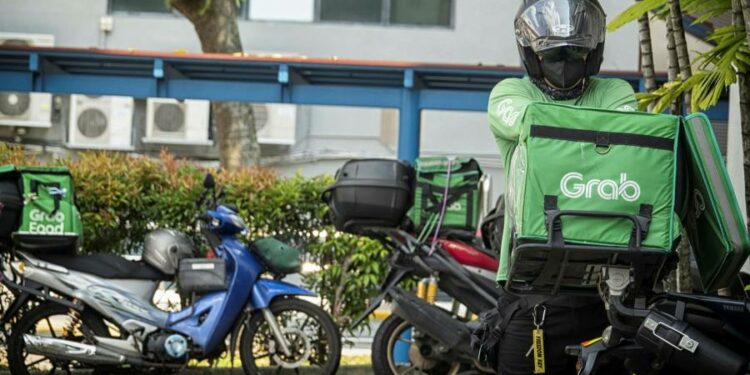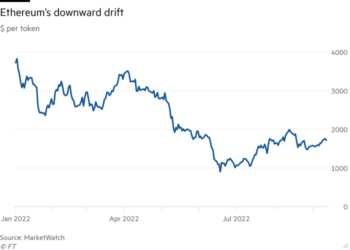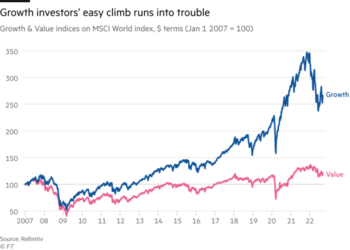South-east Asian super app Grab will start selling its map data to businesses as the group strives to become profitable amid concerns over lossmaking technology companies.
The ride-hailing and food delivery app will launch a business focused on selling map data and map-making capabilities, pitting the Singapore-based company against US tech giant Google’s map service and other global geolocation providers such as the Netherlands-based TomTom.
The move is part of a push by Grab to grow its business-to-business unit in an attempt to become profitable. It believes south-east Asia’s mapping market will be worth $1bn by 2025.
Grab went public last year in one of the biggest Spac deals, but its shares have plunged more than 70 per cent as investors have shunned lossmaking tech companies. The group posted a net loss of $435mn in the three months ending in March.
“The freshness of mapping data is very important, particularly in a developing region like south-east Asia”, said Grab co-founder and chief operating officer Tan Hooi Ling.
Grab updates mapping data daily, as opposed to other providers that only updated a few times a year, Tan said. “We can very quickly tell from the driver GPS the road has become one way, two way or nonexistent at any point in time,” she said. The company also relies on feedback from drivers and its users.
The group’s enterprise unit accounts for just over 6 per cent of its overall revenue, but it hopes to expand the business to “what Amazon Web Services has become to Amazon”, according to Tan.
AWS accounted for 74 per cent of the US tech giant’s operating income in 2021, despite only making up 13 per cent of its revenues. Tan did not give revenue targets for Grab’s enterprise business.
“Enterprise businesses generally always have higher margins, so that should be expected for us as well,” Tan said.
“Expanding the enterprise business also enables us to have more resilience, irrespective of whatever is going on in the global economy” which affect demands for services like ride hailing and food delivery, she added.
The company uses OpenStreetMap, a free, crowdsourced database, as its base map, but it no longer uses paid third party map services in seven of the eight countries it operates in. The last remaining market, Indonesia, will become “self-sufficient” by the third quarter of this year.
Cost is one of the problems of third party apps for mapping. Uber said in its initial public offering prospectus in 2019 that it had paid Google “an aggregate of approximately $58mn” from January 2016 through December 2018 for its mapping service.
Switching to its own map data would help save Grab “more than” what Uber was paying to Google, Tan said.
Earlier in the year, the company hired Steve Coast, founder of OpenStreetMap, as head of engineering at its Geo Innovation department in its push for map business.
Grab is looking at expanding the mapping business into geographies beyond south-east Asia, even in developed markets where established mapping players have a stronghold.
It is currently running a pilot mapping program in Paris, Johannesburg, Dubai and Seattle, and Tan said Grab had already signed an agreement with a “global tech company” in using its map services.
The mapping business “is interesting and very exciting because it creates the opportunity to show how local technology created for local needs can actually start to show value at a global platform”, she said.
Additional reporting by Oliver Telling in Singapore











